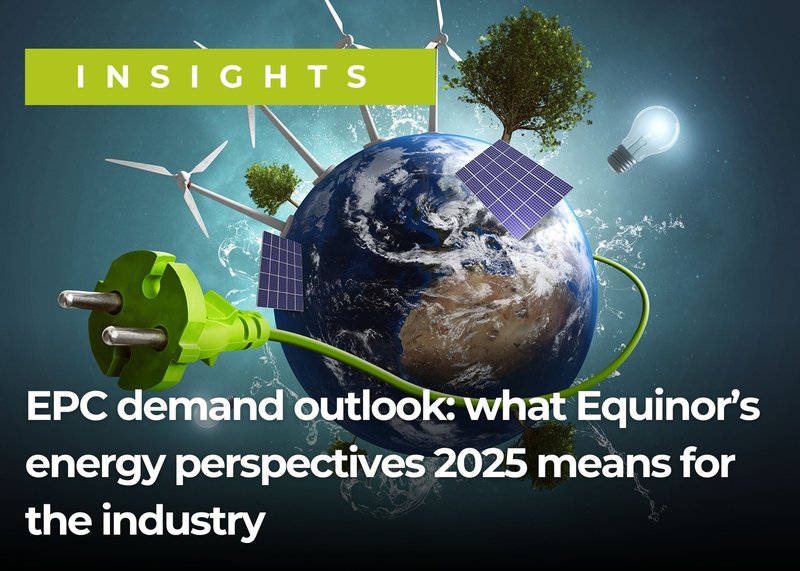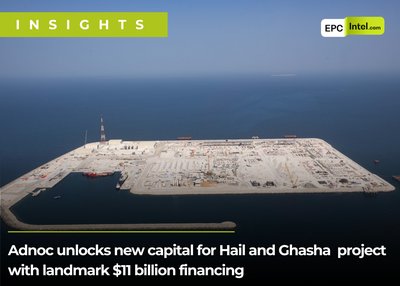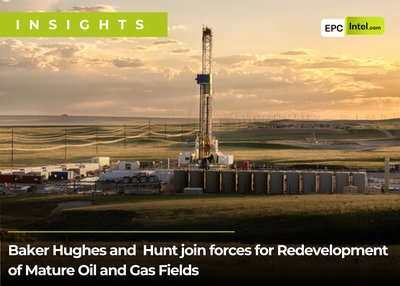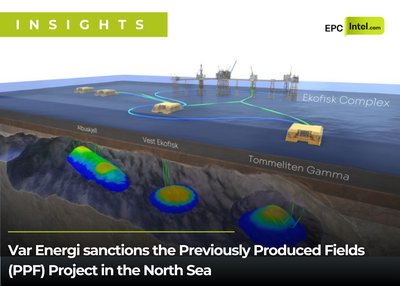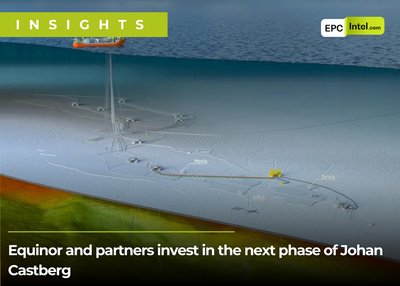Equinor’s newly published Energy Perspectives 2025 doesn’t mince words - the global energy transition is under pressure. From geopolitics to affordability concerns, momentum toward net-zero goals is stalling. For the EPC sector, that spells both opportunity and challenge, depending on where you’re positioned.
Traditional Energy Is Far From Over
One of the clearest takeaways from the report is a return to pragmatism. Energy security is back on top of the agenda, with gas seen as a critical transition fuel well into the 2030s. This aligns with real-world moves — such as Equinor’s multi-billion-dollar gas supply contract with Centrica, starting in late 2025 - and it’s good news for EPC firms that remain active in upstream and midstream oil and gas.
We’re already seeing capital shift accordingly. Equinor, for example, is scaling back short-term investment in low-carbon projects in favor of more immediate returns from hydrocarbons. While this may cause friction with environmental stakeholders, it reinforces a steady pipeline of brownfield upgrades, gas field developments, and associated infrastructure work - all requiring engineering and construction capacity.
Subsea and Offshore: Selective Progress
Offshore EPC activity tells a more nuanced story. While some key developments, like Johan Sverdrup Phase III, continue to move ahead, overall subsea investment indicators — such as tree awards — have cooled recently, reflecting broader macro pressures. EPC firms chasing this segment will need to be highly selective and build resilience into project execution models to weather volatile contracting cycles.
Still, those with strong track records in harsh-environment offshore projects — particularly in the North Sea, Brazil, and select African plays - are likely to find opportunities, even if they are fewer and more competitive.
Low-Carbon Projects: Delayed, Not Dead
The shift in energy policy may have slowed near-term deployment of large-scale renewables and hydrogen, but it hasn’t derailed them completely. Equinor and other majors remain committed to carbon capture and storage (CCS) and blue hydrogen, particularly in the UK and continental Europe.
Projects like the Northern Endurance Partnership (CCS) and H2H Saltend in the Humber region offer a hint of the EPC activity to come. These projects involve complex infrastructure — pipeline networks, storage terminals, and integration with industrial clusters - that will require multidisciplinary EPC execution once final investment decisions are made.
For EPC contractors, now is the time to solidify partnerships, pre-qualify for emerging scopes, and invest in capabilities that align with hydrogen and CO₂ infrastructure development.
Strategic Takeaways for EPC Players
Equinor’s report confirms what many in the industry already feel: the energy transition is becoming more regional, more political, and less predictable. But EPC contractors who are agile - able to shift between oil and gas, offshore wind, CCS, and hydrogen - are well placed to capture a larger share of future capital projects.
In short: expect demand to remain strong, but more unevenly distributed. The winners will be those who stay close to their clients’ evolving strategies and invest wisely in technical and geographic specialization.
For more information on the evolving EPC market and project outlooks across energy, power, refining and chemicals - visit EPCIntel.com
